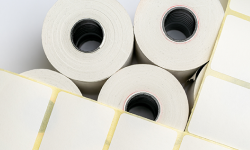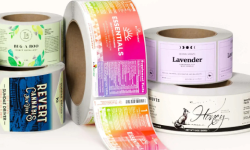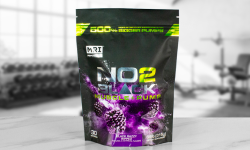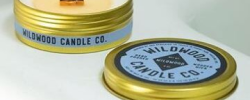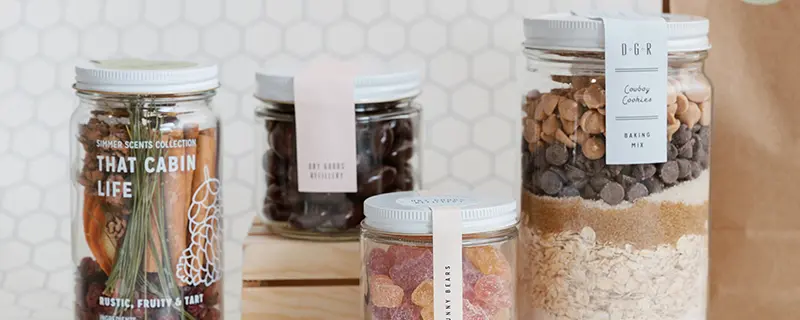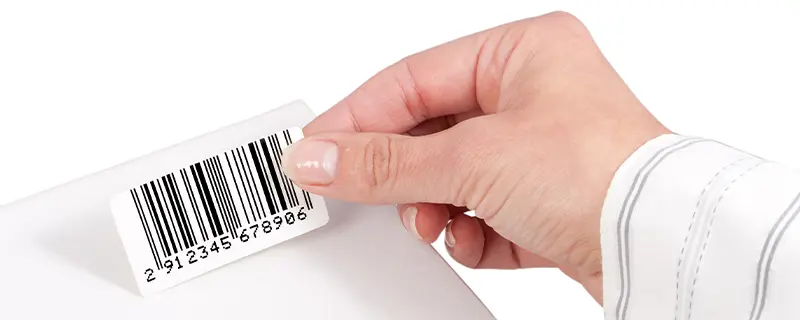It’s no secret anymore that the electronic cigarette or ‘vaping’ industry is rapidly growing. Even though vaping has been around for several years, is still a relatively new industry. With any new industry in it's infancy, there are unique challenges that arise. We have more and more vape related businesses that approach us nearly every day looking to have labels printed (the vast majority of these being e-liquid companies).
The common (and very unusual) thread between almost all vaping companies is the large number of flavors, nicotine strengths, and various bottle capacities that are in any given e-liquid line or product offering. This often results in lots of individual combinations for the labels, i.e. very many “versions”. For example, if your e-liquid line has 5 flavors and each comes in a different nicotine level (say 0mg, 3mg, and 6mg), then you will have 15 different vape label versions to get printed. If you are offering different bottle sizes on top of that, say 15ml, 30ml and 120ml bottles, then the number of different versions increases dramatically!
More Versions of Artwork Means More Work (and Cost) at Both Ends
More versions means more art files to deal with, which has an associated cost impact. For each artwork file that is sent to us, our pre-press department needs to go through several processes before we can print the file on our presses - as well as creating “proofs” for the customer’s approval. This function adds extra cost for every additional file - so if you want to print (say) 50 different variations then the pre-press costs can add up very quickly. In addition, your own designer also has to build and maintain all those design files at your end, which also means extra time and cost.
Predicting Consumption can be very difficult
If you have a lot of product variations (which is normal in the vapes industry), placing an order for labels requires significant planning and a crystal ball. How many of each version should you expect to sell, and how long will it take to sell them? When you have (e.g.) 50 versions, getting all the numbers right every time must be a crap-shoot at best – which means you could end up with lots of unused vape labels or run out of the ones you need. The last thing anyone wants is to be sitting on a ton of labels that will not be used and are simply taking up storage space, not to mention that cash-flow issues of buying labels you may not need in the short-term.
We have a few suggestions that may make your life much easier!
1. Consider focusing on fewer versions, and put your design efforts into the “branding” rather than the changeable information such as lot numbers, dates etc. You may be able to find some way to add those elements that doesn’t affect the actual label itself, thereby minimizing the variations during the production run and saving a lot of money along the way. For example, some of our customers stamp lot numbers onto the bottles themselves, but this is just one possible approach.
2. Consider leaving space in the label designs for the variable components and explore the use of Thermal Transfer printing to “over-print” the labels with the relevant data as you need them.
Thermal Transfer Label Printing - what’s involved?
How does thermal transfer label printing work? There are very affordable desktop printers available (typically between $400 and $500) that use a ribbon-driven approach to print the missing data. This process is called “Thermal Transfer printing” – it applies heat to melt the surface of the ribbon in the appropriate spots and transfer the melted ink to the material being printed on.
While the use of ribbons usually means you’re limited to a single color, it’s an ideal way to add simple text like lot numbers and production dates in a very acceptable way (and one that consumers are very used to seeing on perishable products already).
Some Factors to Remember
1. Many of these T/T (Thermal Transfer) printers can accept rolls of pre-printed labels on standard 3” cores (which is what we use here at Wizard Labels) – so it’s critical that you buy a printer that can accept those cores. There are many printers that use smaller cores, so make sure you don’t buy the wrong model.
2. For a T/T printer to work properly, the ink (from the ribbon) needs to be applied to a surface that is compatible with that ink - you can’t just assume that any material will work and the ink may easily smudge or rub off. Don’t worry - we have a solution!
If we know in advance that a label job is intended for T/T over-printing, we can replace the normal over-laminate with one specifically designed for T/T inks. Indeed, we even allow you to select that laminate during the online ordering process - problem solved! Note - there is a very small increase in cost for this special laminate, but in the bigger picture you’ll save substantial money by reducing the number of versions you’re ordering.
We realize that using this approach may not be ideal for all companies. We get that. By no means do we think that this is a "one size fits all" solution. For many e-liquid companies, however, using thermal transfer label printing could be the difference between having properly labeled product available on demand.
